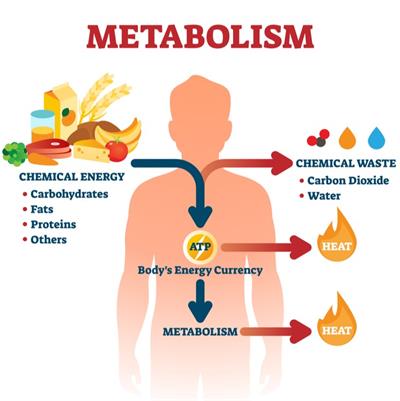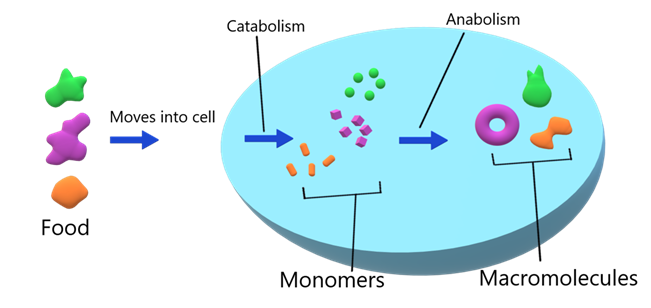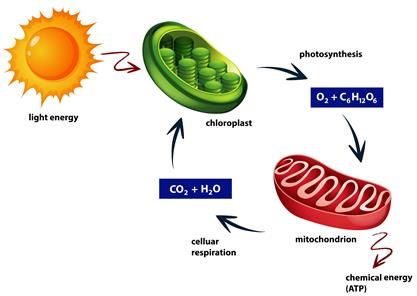
PUMPA - SMART LEARNING
எங்கள் ஆசிரியர்களுடன் 1-ஆன்-1 ஆலோசனை நேரத்தைப் பெறுங்கள். டாப்பர் ஆவதற்கு நாங்கள் பயிற்சி அளிப்போம்
Book Free DemoAll living organisms require ATP for various critical functions and the production of new biological compounds. This energy comes from sources that are stored in the organism's tissues. The nutrients consumed by the organism are broken down and converted to ATP, and that is the body's energy currency.
Metabolic processes rely on the foods that are digested to produce energy. This energy is required for our bodies to create nucleic acids, proteins, and other macromolecules.
What is metabolism?
The total amount of biochemical reactions involved in maintaining the living condition of the cells in an organism is known as metabolism.
Metabolism is a series of life-sustaining chemical processes that allow organisms to convert chemical energy stored in molecules into energy for cellular functions.

Metabolic Pathway
Example:
Animals eat to gain their bodily functions by breakdown of the nutrients by metabolic activities.
Photosynthesis is the process through which plants transform solar energy into chemical energy contained in molecules.
A video explaining about the metabolism and its types.
Types of metabolism:
Metabolic process is of two types:
- Catabolism
- Anabolism

Anabolism and Catabolism
- Catabolism: The process mainly involved in breaking down larger organic molecules (polymers) into smaller molecules (monomer) by releasing energy is known as catabolism. Eg., Respiration, excretion, digestion.
- Anabolism: The process of building up complex molecules (polymers ) from simpler substances (monomers) by utilizing the stored energy is known as anabolism.
Cellular respiration:
Cellular respiration is a series of metabolic processes inside the cells of living organisms to convert the biochemical energy obtained from the food into chemical energy.
In cellular respiration, oxidation of organic compounds takes place in the cell cytoplasm to produce energy in the form of ATP. This energy helps the cell to perform all metabolic activities.

Cellular respiration
Significance of life processes:
As discussed, life processes are essential to carry out daily life activities. They aid in the production of energy and the maintenance of homeostasis. In addition, life processes assist a body in adapting to changes in the environment. A minor disruption in any of the body's life processes causes the entire system to malfunction.
Among the various life processes, metabolism is the only feature that defines the living condition of an organism. This is because an organism is said to be living only if it is metabolically active.
Now let us look at the various life processes of plants in detail.
Reference:
https://commons.wikimedia.org/wiki/File:Anabolism_and_Catbolism.png